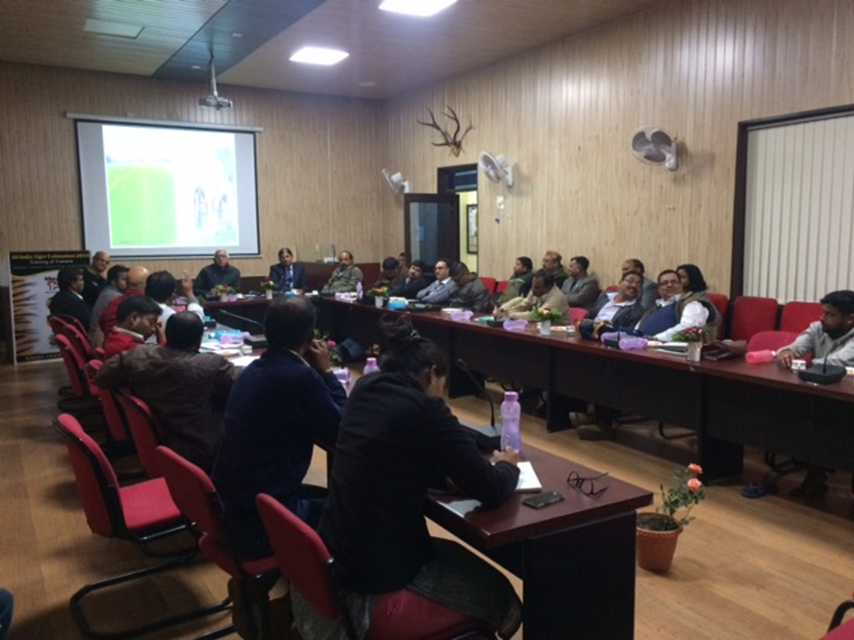

Ecosystem-based adaptation and conservation of non-PAs is possible only in done at a landscape level. Multiiple stakeholders with varying interests and agendas co-exist and influence a landscape, including the communities that resides within them. It is critical to create consensus among these stakeholders. Getting stakeholders together requires a driving force - it can be an individual/ group /organisation/a set of organisations - they can be public/private or civil society. Working together especially if done with govt agencies helps create widespread impacts and ensure optimum utilization of resources (financial, time, human, common, physical). More often than not, interventions done on EbA/ conservation are done in isolation, do not achieve the devised outcomes and lead to failed investments. Working together reduces this risk. It gains further importance in a country like India with complex adminstrative structures and conflicting priorities among stakeholders. Working together leads to the pooling of resources, including knowledge and learning, essential for tackling the complexity of prevalent issues in landscapes like the KPC. "Working Together" is a value that RBSFI and other stakeholders have adopted through the PSC platform and it forms the basis of project success.
- A common goal: - it is very important for stakeholders to have a common vision/goal. In this solution all stakeholders had the well-being of the KPC and its communities as
- A driving force that brings all stakeholders together, and a core operational team
- Transparent systems (a Project Steering Committee, environmental and social safeguards, as well as a grievance mechanism in this solution) and strong implementation, monitoring and reporting framework
- Sustainable and varied sources of finances
The solution worked because all the stakeholders had a common goal of ensuring wellbeing of KPC (ecological), or its Communities(socio-economic) or Both. Before the solution was initiated, the stakeholders were working in silos with their ideologies and priorities, however this solution contributed to alignment and expansion of their work. These organisations started being flexible in their approach. For e.g. a Civil Society Organisation working on institution building and governance on commons, started working on Gender and livelihood issues. Another working entirely with women on livelihoods, opened up to addressing the conservational issues in KPC.
Thus, while respecting the ideology of the various stakeholders the solution opened them up to identifying the other relevant issues in the landscape.
Also, it is critical to develop such solutions in partnership with Govt agencies like in this case the Forest Dept as without them the solution will not be replicable or scalable. The project went from 15 villages to 250 villages in 7Y because it had the suport of Forest and other Govt Dept